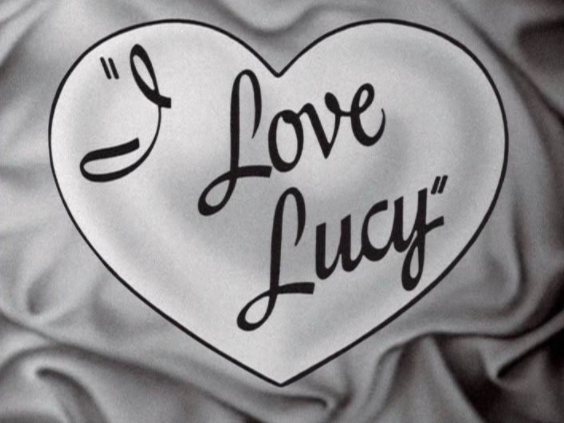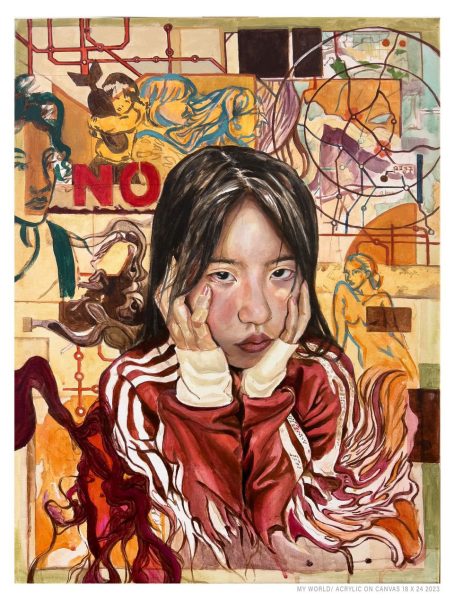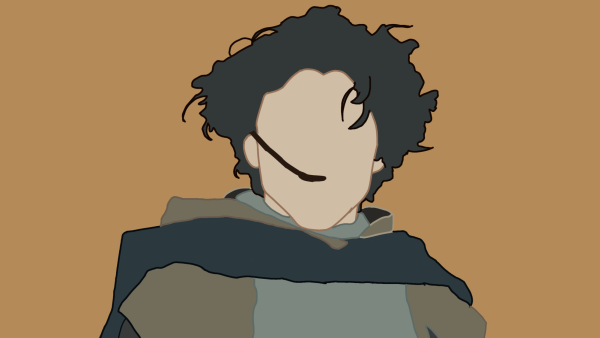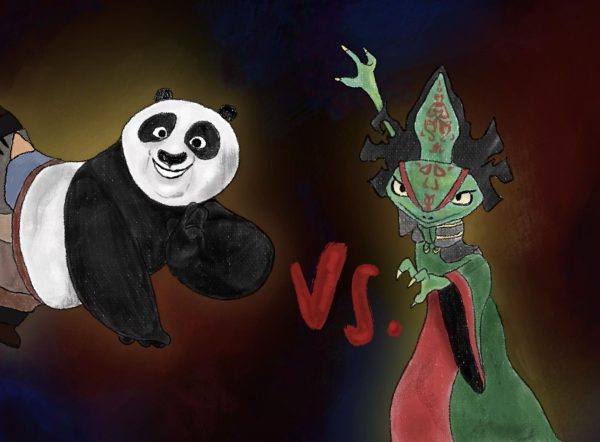‘I Love Lucy’: A Timeless Classic

Photo Courtesy of Wikipedia.org
“I Love Lucy” was first aired on CBS in 1951, with the most-watched episode being of the day Lucy gives birth to her son, Little Ricky. The episode had 44 million viewers, according to Wayne State University Press.
February 6, 2018
On Monday nights, Americans across the country would gather around their television sets, waiting for them to warm up. Finally, a big heart formed against a satin background with the words “I Love Lucy” written in cursive as the classic theme song began to play. Over 65 years after its 1951 release, the television series “I Love Lucy” (1951-1957) has the charm, humor and influence that still makes it a timeless classic.
Set in a small New York City apartment building, “I Love Lucy” follows the crazy adventures of lovable redhead and star Lucy Ricardo (Lucille Ball), her husband, bandleader and Latin lover Ricky Ricardo (Desi Arnaz) and their two landlords and best friends, Ethel and Fred Mertz (Vivian Vance and William Frawley).
Whether Lucy and Ethel rival their husbands or find themselves in a hilarious, random situation, the show always ends with the four embracing each other. When the first episode aired on October 15, 1951, “I Love Lucy” quickly became one of the most beloved and legendary sitcoms in American history, and it is easy to see why.
Each passing joke melts seamlessly into the casual conversation between characters. Drawn in by the genuine laughter from the live audience, I felt as if I were sitting in the audience watching the show in 1951. Lucy masters the use of physical comedy and facial expressions. The jokes do not refer to any specific time-or-age-related topics, making them relatable and funny to anyone.
One of the most iconic and humorous scenes is of Lucy and Ethel working in a chocolate factory, where they are assigned to wrap chocolates that are moving along a speeding conveyer belt, comically stuffing sweets in their mouths as they struggle to keep up. This scene is celebrated by today’s viewers in the form of GIFs and memes that circulate the internet.
Several aspects of the show, however, are dated for today’s viewers, especially the gender roles. Despite this, Lucy served as an idol to other women at the time, being the first woman to run a major TV studio or work while openly pregnant. One of my favorite episodes is “Lucy Goes to the Hospital” (episode 16, season 2, aired 1953), which focuses on the day that Lucy gives birth to her son, Little Ricky. The excitement of the baby’s arrival is palpable even to today’s viewers.
The show also addressed critical social issues of the time, such as racism against Latinos, which was rampant in society. To show an all-American girl married to a Latino was groundbreaking, serving as a powerful step toward creating a more accepting society through television.
The magic of “I Love Lucy” is not solely generated from its humor, but also comes from the warm and nostalgic atmosphere created by the amusing interactions between the characters. Their bond forms the classic, wholesome nature of the show and ultimately makes for a television series that remains relevant and relatable decades after its release.













![Art Fair participants from various clubs and art courses had the opportunity to sell handmade creations to students at stands near the ASB room during lunch from Jan. 30 to Feb. 1. “I feel like its just a good way to connect with the rest of my peers, the artist community [and] the student body while also giving back to the school because its given me so many opportunities where I can flourish in the creative arts,” artist and junior Alexander Torpus said.](https://portolapilot.com/wp-content/uploads/2024/02/IMG_6896-1-600x400.jpg)
